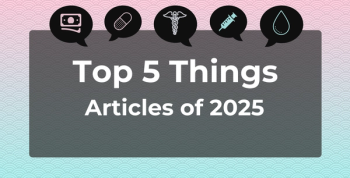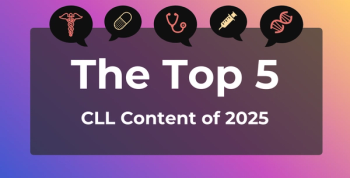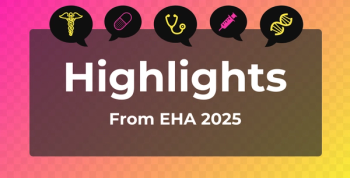
Diabetes: The Next Healthcare Tsunami
Eighty-six million US adults are at high risk of developing type 2 diabetes. Without prevention, there will be a drastic increase in the number of Americans who will develop type 2 diabetes.
A tsunami is about to hit the United States. Eighty-six million people are at high risk, and many will be injured without early warning and action. Many more will eventually be injured and die from the complications as a result of the tsunami.
Alarmed? You should be. A tsunami is defined as “an arrival or occurrence of something in overwhelming quantities or amounts.”
The next tsunami to hit healthcare is the drastic increase in the number of Americans who will develop type 2 diabetes.
Diabetes: The Next Healthcare Tsunami
An estimated 86 million US adults have prediabetes. Without prevention, 15% to 30% of those at high risk will develop type 2 diabetes within 5 years. If left unchecked, 1 in 5 US adults will have type 2 diabetes by 2025, 1 in 3 by 2050. In a recent
According to the CDC's
If this were a real tsunami, there would be a coordinated system to identify and warn people of their impending risk: physical, financial, and emotional. Local and national groups would work together to identify those at high risk and guide them to appropriate resources. The discussion would focus on action and prevention among a wide variety of stakeholders. The discussion would not focus on documenting the short-term return on investment (ROI) to justify action to prevent the looming catastrophe.
There Is a Solution
There is a proven lifestyle change program that can help prevent or delay getting type 2 diabetes—the National Diabetes Prevention Program (National DPP). The
The CDC has taken the lead to build capacity for community-based organizations, and more recently digital or virtual providers, to deliver the National DPP in their communities as an adjunct to primary care. Over 700 organizations currently have pending or full recognition by the CDC to deliver the program and meet the CDC quality standards.
The Problem
One of the limitations to broad adoption and referral to the National DPP is the lack of health plan reimbursement. Despite the recognized need for diabetes prevention, it is typically not a covered health benefit. It is difficult to establish a short-term ROI for prevention, despite the evidence that it leads to
The doctor’s office remains the number 1 place where people who are at risk for diabetes can be referred to the evidence-based National DPP but there is one problem: doctors hesitate to refer patients to programs that are not covered by insurance. Given the number and type of National DPP providers, it is difficult for doctors to know where to refer their patients. Once the National DPP is a covered preventive benefit and available to patients at no charge, doctors are more likely to refer patients at high risk to the program. This is a first step toward winning the race against diabetes.
There Is Good News
The
What Can You Do?
- If you are a healthcare provider, screen your adult patients for prediabetes. Educate them about the risk factors for diabetes, and if they are at high risk, refer them to a National DPP provider or train your staff to deliver the program.
- Create awareness of prediabetes. Infographics, flyers and technical guides are available from the CDC and AMA to identify qualified patients and share information. Use and distribute the simple online quiz that will indicate whether someone is at high risk for developing type 2 diabetes. You can also download and print a copy of the Prediabetes Screening Test [PDF-758 KB] or Cuestionario para la detección de la prediabetes [PDF-455 KB] to share with others.
- Support reimbursement for the National DPP as a covered preventive health benefit.
The time to act is now. Prevent the healthcare tsunami.
Newsletter
Stay ahead of policy, cost, and value—subscribe to AJMC for expert insights at the intersection of clinical care and health economics.







































